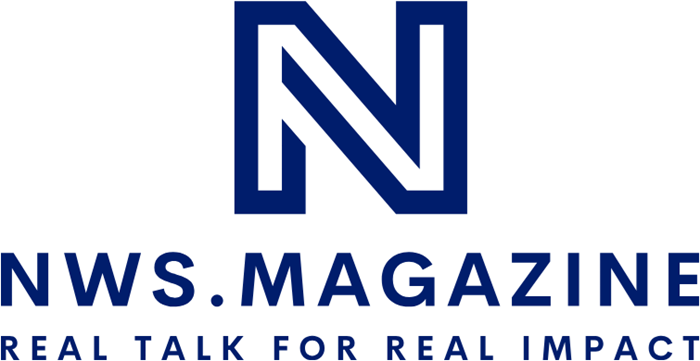AI won’t disrupt law — unless law firms adopt it systematically.
Legal AI is no longer a futuristic vision. It’s happening — in contract reviews, due diligence, research, and beyond. Yet, many firms remain unsure where they actually stand. Do they just dabble in pilots? Or are they building true, AI-enabled delivery models?
The Legal AI Maturity Map is a practical tool to self-assess your firm’s current position and next steps.
Designed as a five-stage model, it helps firms benchmark themselves, plan strategically, and avoid both overconfidence and blind spots. Each level is characterized by a clear definition, self-check questions, typical tools, real-world examples, and the potential for savings or transformation.
The 5 Stages of Legal AI Maturity
| Stage | Definition | Assessment Questions (Yes/No) | Tool Examples | Efficiency Potential | Typical Firms (indicative only) |
|---|---|---|---|---|---|
| 1 – Awareness | Initial orientation. AI is known as a trend, but no action yet. | – Are AI topics mentioned in internal strategy sessions? – Is someone formally assigned to monitor developments? – Have we discussed AI with clients or peers? → If 2–3 answers are Yes → Stage 1 reached. | GPT demos, legal newsletters, seminars | None yet | Conservative boutiques, regional law firms |
| 2 – Experimentation | First pilots or tool tests, often without full framework. | – Have we tested at least one legal AI tool? – Was the pilot structured (not just individual curiosity)? – Was the team or department involved? – Was there a documented evaluation? → If 3+ Yes → Stage 2 reached. | Spellbook, Luminance, Loio, LegalSifter, Harvey AI (beta) | 10–25% drafting, 20–30% classification | Mid‑sized firms, innovation-minded units |
| 3 – Operational Use | Selected use cases are live within teams or practice areas. | – Are AI tools embedded in at least one team’s workflow? – Do clients benefit from AI-enhanced services? – Are guidelines or responsible roles defined? – Has billing or pricing evolved in response? → If 3+ Yes → Stage 3 reached. | Kira, Casetext CoCounsel, Lexion, Ironclad AI, Relativity AI | 30–60% faster docs, 40% due diligence gains | Bird & Bird, Taylor Wessing, CMS, Dentons (regional units) |
| 4 – Integrated Practice | AI is part of daily delivery, integrated with systems and roles. | – Are multiple tools used across teams? – Are legal engineers or technologists onboarded? – Do client outputs reflect AI use? – Is training offered for AI workflows? → If 3+ Yes → Stage 4 reached. | Eigen Technologies, ContractPodAI, Thomson Reuters CoCounsel | 50–80% drafting automation | Clifford Chance, Allen & Overy (Fuse), Orrick |
| 5 – Strategic Enablement | AI is a strategic enabler for services, pricing, and models. | – Using AI for new client offerings? – Dedicated AI units in place? – AI marketed externally? – Partners trained in AI strategy? → If 3+ Yes → Stage 5 reached. | Custom GPTs, LawDroid platforms, in-house AI stacks | 80–100% automated drafting for routine docs | Linklaters, Allen & Overy, Deloitte Legal |
Please note: These firm assignments are illustrative, not absolute. Individual teams in conservative firms may be highly advanced, and sections in global firms may lag. The above reflects general patterns based on published use cases, interviews, and legal-tech activity.
Why This Maturity Map Matters
Many firms evaluate AI based on hype. Here, maturity is about building capabilities, governance, and sustainable adoption.
- It enables self-awareness without hype.
- It uncovers weak spots (e.g. no governance, no ops support).
- It aligns discussions across teams and leadership.
- It drives tech investment toward real impact.
AI adoption is a maturity journey — this map helps firms navigate it thoughtfully and strategically.
Firms that wait for the perfect moment may miss the opportunity. Start your maturity journey now.
Further Reading & Sources
- CLOC – Core 12 Maturity Assessment Playbook
- ACC – Legal Operations Maturity Model 2.0
- Thomson Reuters – How AI Is Transforming the Legal Profession
- Thomson Reuters – Generative AI Use Cases in Law (May 2025)
- Harvard Law Today – AI's Impact on the Legal Profession
- LawNext – Thomson Reuters Generative AI Survey 2025
- Artificial Lawyer – Law-Firm AI Use Cases
